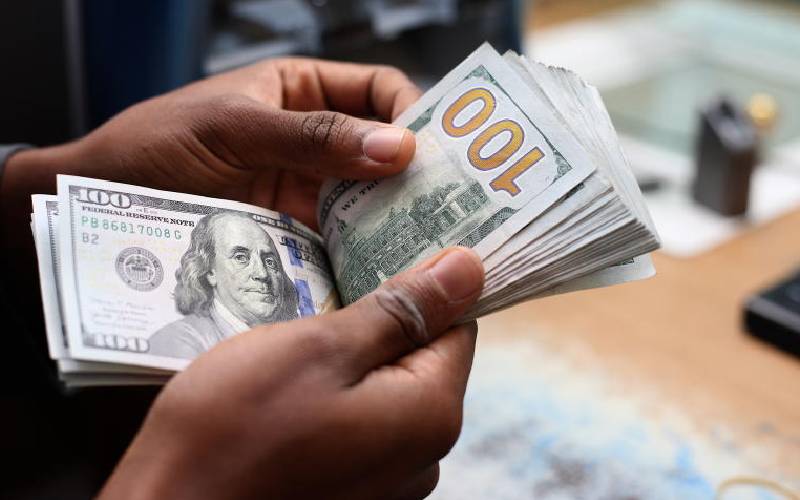Kenya Power to issue bills in foreign currency; in US dollars, euros

Kenya Power to issue bills in foreign currency, in US dollars, euros over depreciating Kenya shilling
Kenya Power to issue bills in foreign currency, in US dollars, euros over depreciating Kenya shilling.
In response to growing vulnerability to the weakening shilling and acute forex shortages on the domestic market, Kenya Power is requesting permission to bill some electricity customers in dollars, euros, and other foreign currencies.
The sole power distributor in the nation said that it has begun preliminary discussions with the market regulator, the Energy and Petroleum Regulatory Authority (Epra), to establish a base rate that will be used to calculate tariffs for customers paying in foreign currencies.
Kenya Power anticipates that by taking this action, it will be able to create a steady stream of foreign currency so that it can easily pay its commitments that are denominated in foreign currencies.
“Our electricity sales are 100 percent in Kenya Shillings. Having Power Purchase Agreements in different currencies leaves us with foreign exchange risk,” Stephen Vikiru, the general manager in charge of finance at Kenya Power told Nation.
“We want to look at our customers whose income is in foreign currencies such as the export processing zones, foreign missions, and the horticulture industry, and engage them to be able to pay us in hard currency.”
Kenya Power said the present state of the country’s forex market has left the company exposed, especially when servicing its dollar-denominated obligations.
“The forex problem has been two-fold. The first is the fluctuation of the rate. Right now, if you go to market, you are buying a dollar at 126 to the Kenya Shilling which is a significant spread from the official rate. The second is the availability of foreign currency. Even with that spread, you are not able to get foreign currency,” the official said.
Kenya Power’s loan payments increased dramatically by 40% to Sh 12.7 billion in the complete fiscal year that ended in June 2022, partly as a result of the shilling’s depreciation versus the dollar.
90% of the company’s loan is made up of foreign currency borrowings, making it susceptible to local currency depreciation and hard currency shortages.
“At Kenya Power, we have a requirement of close to $50 million per month, and some months when we have debt service obligations it goes up to $70 million,” Vikiru said.
“This is forex that we would typically get without a struggle but currently, some of the banks out there do not give quotes and others give quotes for very small tickets so you would be looking for $10 million and you are getting quotes of less than $1 million.”
Also read,
Ruto forms a 12-member economic transformation team as he follows Kibaki’s footsteps
Mudavadi defends Hustler Fund, CBC in London
Follow us






